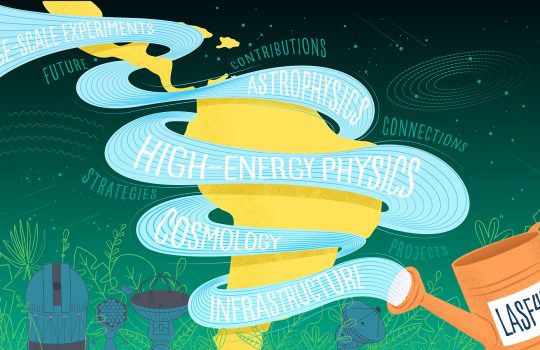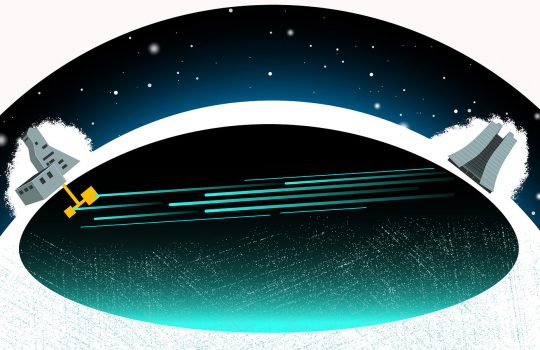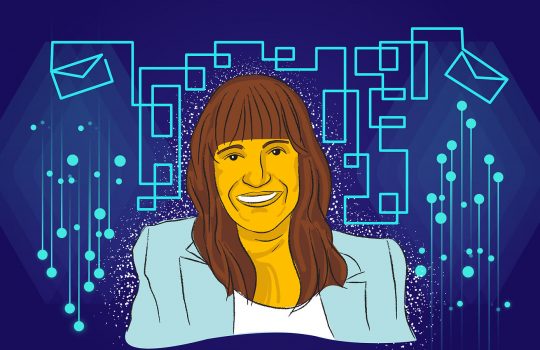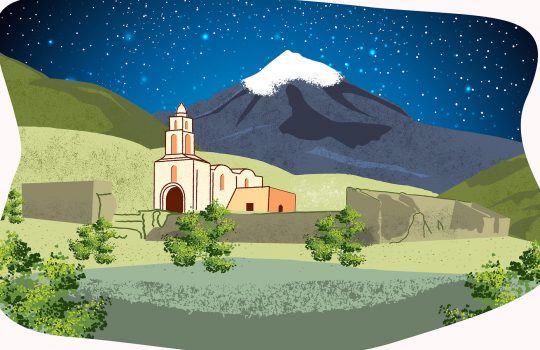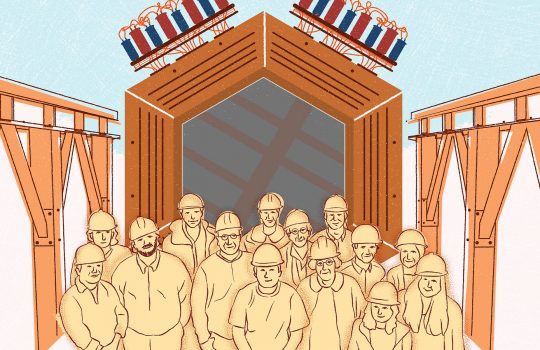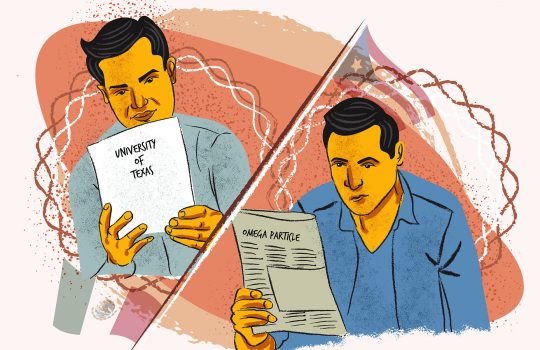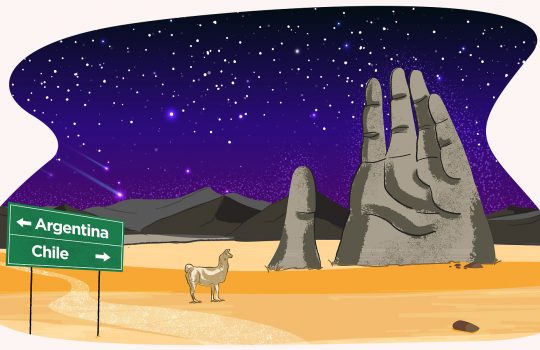New strategy for Latin American physics
- astrophysics
- CERN
- cosmology
- Deep Underground Neutrino Experiment
- DUNE
- high-energy physics
- international collaboration
- Latin America
- LBNF
Scientists in Latin America recently published the first coordinated plan for the region’s research in high-energy physics, astrophysics and cosmology. Fermilab scientist Marcela Carena was part of the group that collected input for the report. Here, she weighs in its significance.

